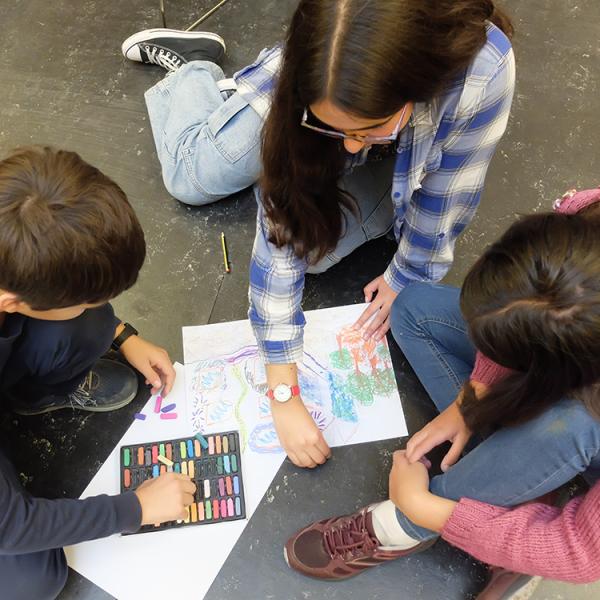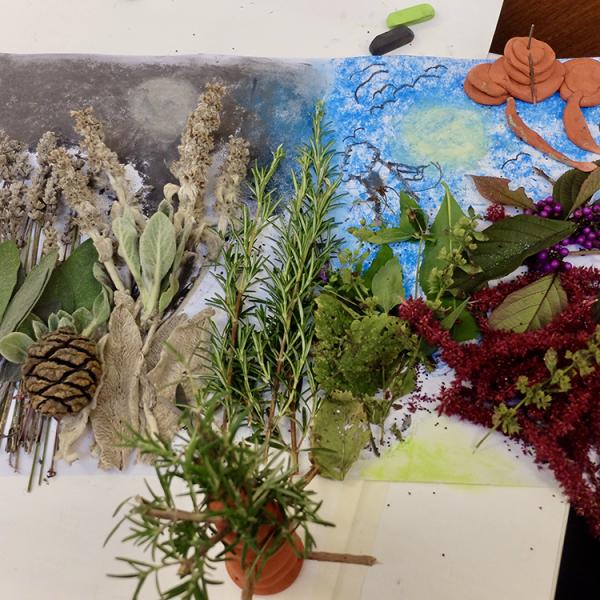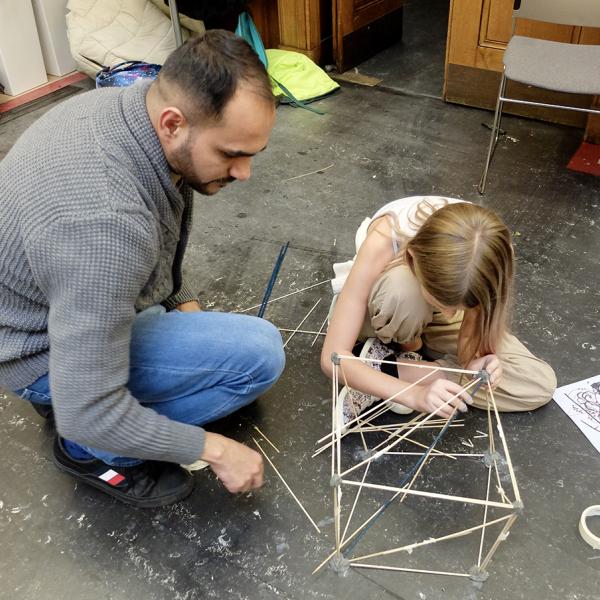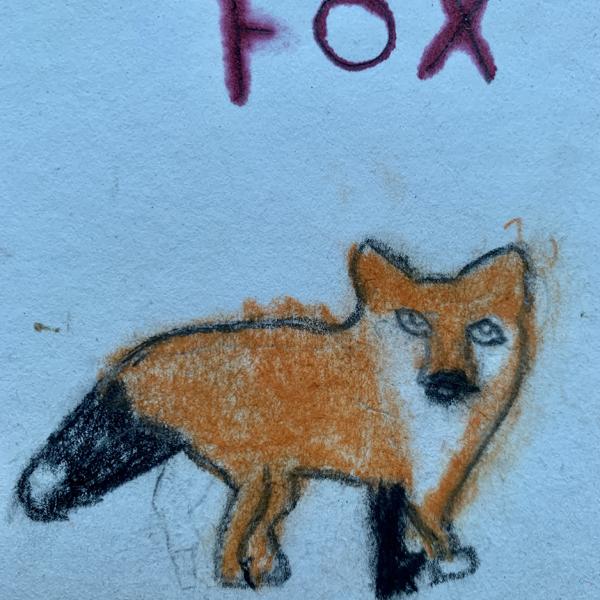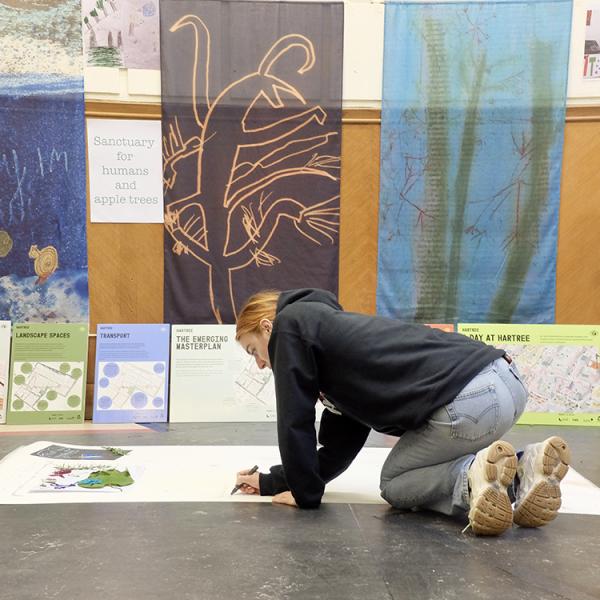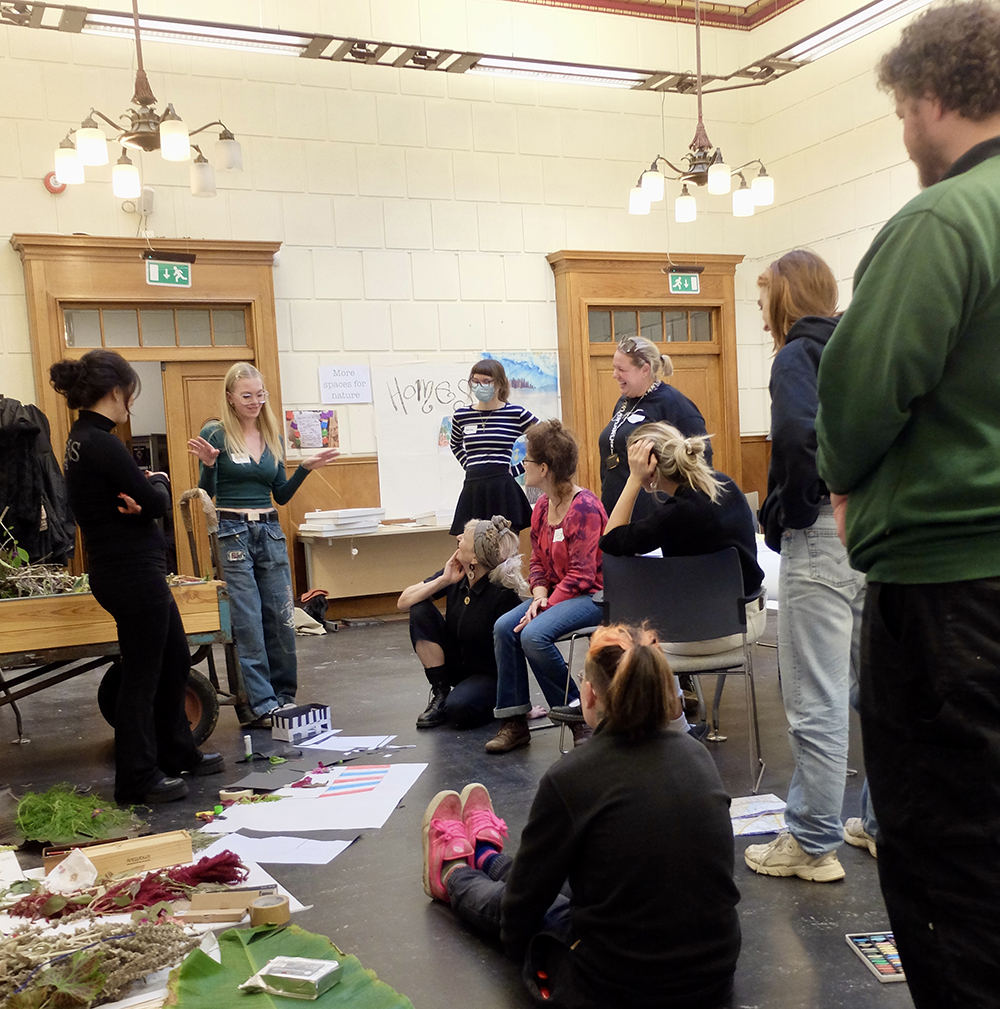
What makes a place?

-
Being with others made me feel like I was getting involved with something big…..I want a place where I can be myself and not be judged…..I want a place where I can learn new things and have fun, and meet people from different cultures and backgrounds.
Creative consultation workshops were held last month in the Cambridge Guildhall with young residents of Cambridge aged 11 - 25. Artists Hilary Cox Condron and Sally Todd invited them to imagine how our city can be one they feel welcomed in. The workshops were part of a project to inform the Children and Young People’s Strategy for Hartree, a new area in North East Cambridge that will be developed by Landsec U+I TOWN, a master-developer engaged by Cambridge City Council and Anglian Water.
The workshops involved 24 young students and adults from diverse backgrounds, including college and secondary school students, young carers, not in education/training or employment, refugees, apprentice gardeners and young artists. They used a range of art materials alongside an incredible cart load of natural items from the gardens of Kings College to express their ideas and visions for the five themes of Streets, Mobility, Public Space, Home, and an extra fifth theme of Space for Nature that emerged from the sessions.
There were thoughtful and thought provoking conversations about feeling safe in public places, needing better street lighting and wider pavements or ‘social streets’ for people to walk, stop and chat on their journey plus sheltered ‘hangout spots’ as they move through the city.
-
The workshop made me think about how people live and how we can make society fairer.
An overwhelming sense of the importance of nature in the city was reiterated across both age groups and this became the fifth theme: from thinking about how we care for urban wildlife to creating pocket gardens on every street corner, climbing trees, a calming night garden full of scents and textures, supporting local independent growers and encouraging nature trails with wild berries and herbs everywhere for taste and smell.
A full report can be read here.
-
I was particularly struck to hear the young carers explain the importance of having spaces to walk to that are very nearby, free and peaceful. There were conversations about their need for spaces that could offer them privacy and safety. Listening to them talk about how little time and money they have to travel or pay to do things really made the idea of very local parklets/quiet places to meet and sit with friends feel crucial.
Ruth, CCI Director
-
I’ve been reflecting on the group's thoughtfulness about prioritising The Rights of Nature and human connectedness - creating a cycle of happiness and creative thinking. The desire for more allotments, for example, wasn’t just for local and healthy food, but also to nurture creativity and community cohesion and stimulate ALL of our senses. Having a variety of backgrounds and ages within the groups helped thoughtful conversations to evolve through challenging and developing ideas. I came away thinking further about the importance of representation and deliberative democracy as we consider the future of our city - not just in including children and young people, but also including nature: a voice for our river, a voice for our trees.
Hilary, artist
-
In both age groups I noticed how everyone was concerned about how to live a healthy and creative life in the city….that you can’t have one without the other. They thoughtfully described a future that was less about consumption and more about being makers and creators of their world, and for that to happen cities need to offer easily accessible outdoor spaces in nature, ways of eating much more healthily when out and about (no more junk food!) and a welcoming community run ‘studio’ space for creative expression.
Sally, artist

